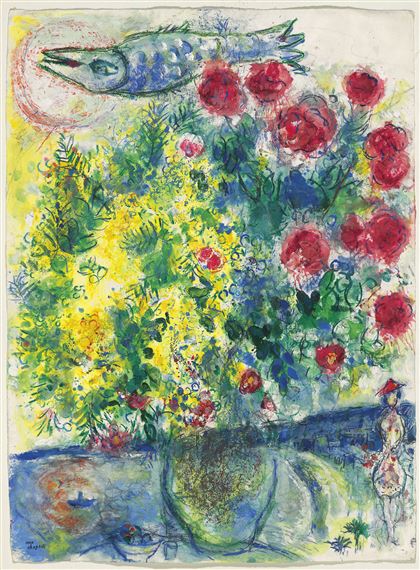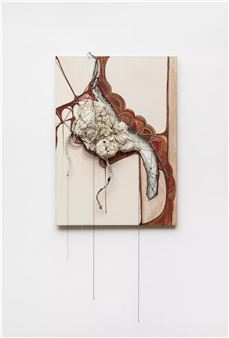Animalia
Omer Tiroche Gallery is pleased to announce its forthcoming exhibition, ANIMALIA, which aims to explore and examine how prominent artists of the 20th and 21st centuries depicted and interpreted animals in their drawings. Through the works of fifteen leading Modern and Contemporary artists, the show illustrates how animals, whether used literally or symbolically, play a pivotal role in art history, as well as confirming our relentless association and allure with both domestic pets and wild beasts.
Our fascination with animals has been longstanding; the earliest known images to exist were found on the walls of prehistoric caves and depicted a variety of animals, many of which are now extinct. These cave paintings provided not only great historical insights into the discovery that animals were living amongst humans for millennia, but also that the detailed depictions illustrate man’s early and notable curiosity with creatures; an interest that still exists today.
Often artists adopt well-known symbolisms as a tool to reflect themselves in their work; such is the case with Marc Chagall’s Double Profil, c.1938. Layered with symbolic references, this work features Chagall’s common motif of the goat that he frequently uses to represent himself. Traditionally, the goat is a Jewish symbol for the day of atonement. A further symbolic reference is the use of a herring for the brim of the hat, which is a nod towards the artist’s father who worked in a herring factory. In addition, the double profile is attributed to the Roman god Janus, who looks both at the past and the future. Perhaps Chagall is hinting towards the significant changes that are to come, with the imminent war being of grave concern to his life in Paris.

Recommended for you
Omer Tiroche Gallery is pleased to announce its forthcoming exhibition, ANIMALIA, which aims to explore and examine how prominent artists of the 20th and 21st centuries depicted and interpreted animals in their drawings. Through the works of fifteen leading Modern and Contemporary artists, the show illustrates how animals, whether used literally or symbolically, play a pivotal role in art history, as well as confirming our relentless association and allure with both domestic pets and wild beasts.
Our fascination with animals has been longstanding; the earliest known images to exist were found on the walls of prehistoric caves and depicted a variety of animals, many of which are now extinct. These cave paintings provided not only great historical insights into the discovery that animals were living amongst humans for millennia, but also that the detailed depictions illustrate man’s early and notable curiosity with creatures; an interest that still exists today.
Often artists adopt well-known symbolisms as a tool to reflect themselves in their work; such is the case with Marc Chagall’s Double Profil, c.1938. Layered with symbolic references, this work features Chagall’s common motif of the goat that he frequently uses to represent himself. Traditionally, the goat is a Jewish symbol for the day of atonement. A further symbolic reference is the use of a herring for the brim of the hat, which is a nod towards the artist’s father who worked in a herring factory. In addition, the double profile is attributed to the Roman god Janus, who looks both at the past and the future. Perhaps Chagall is hinting towards the significant changes that are to come, with the imminent war being of grave concern to his life in Paris.
Related articles
Omer Tiroche Gallery is presenting the exhibition, Animalia, which aims to explore and examine how prominent artists of the 20th and 21st centuries depicted and interpreted animals in their drawings.

 ARTISTS
ARTISTS
















